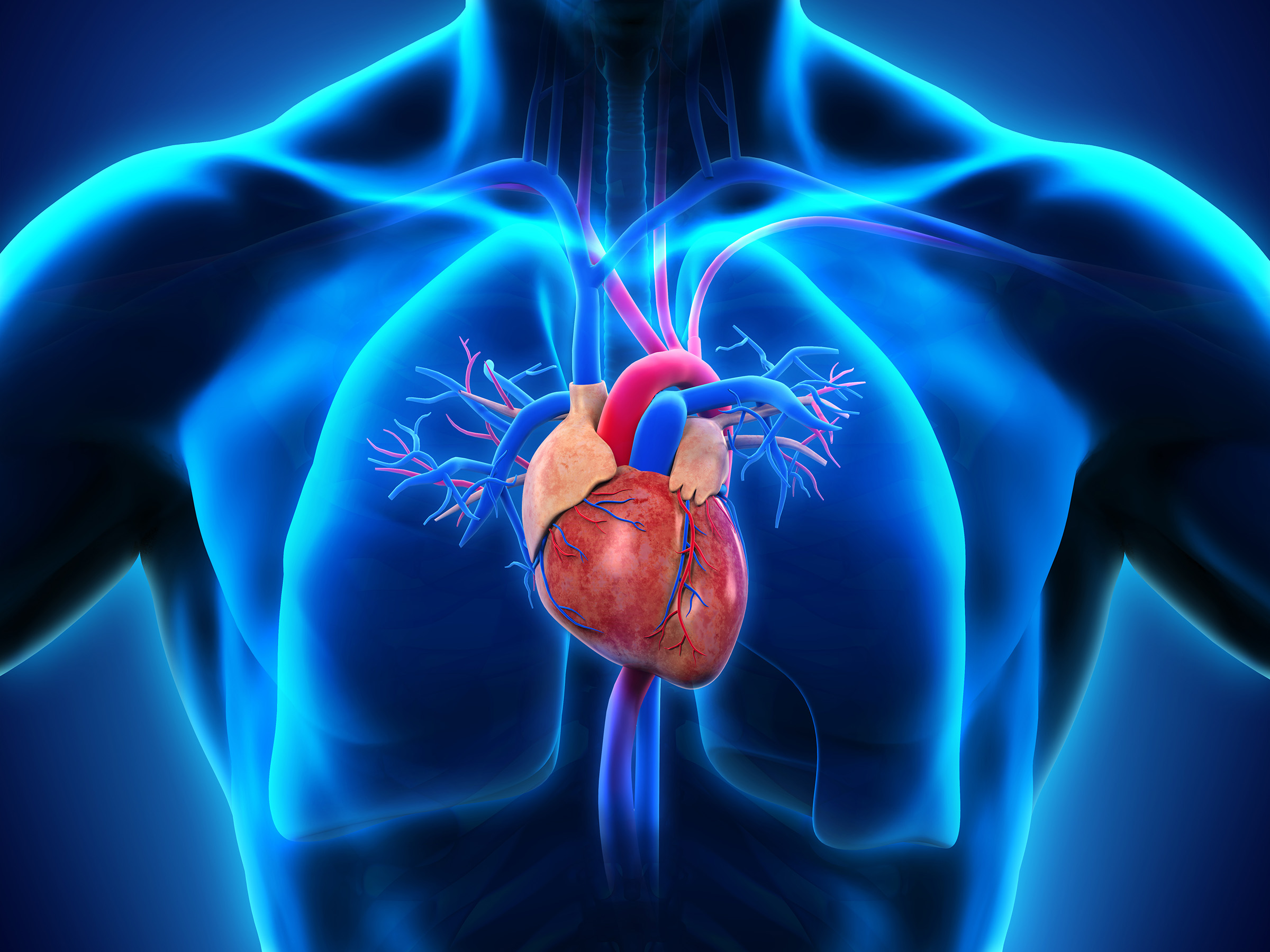Pacemakers and other devices that go into your body often rely on batteries that need to be replaced or recharged in some way. However, a newly designed oxygen battery could remove the need for invasive surgeries to replace those important batteries, as they run off the body’s oxygen supply instead.
The proof-of-concept is outlined in a new study featured in the journal Chem. The study shows that the batteries were able to deliver stable power and are compatible with biological systems in rats.
These new oxygen batteries are essentially able to draw on the body’s oxygen supply to generate energy. In tests, the researchers say the battery was able to generate between 1.3 volts and 1.4 volts, with a maximum power density of 2.6 µW/cm2. This is currently not enough output to power medical devices, but it shows that batteries that run on oxygen are possible.

The team says they also looked at how these batteries affected the rats in which they were installed. They found that inflammatory reactions, as well as metabolic changes and tissue regeneration around the battery, were all within optimal levels, with the rats never showing any apparent inflammation.
As for the byproducts of the oxygen battery’s chemical reactions, the researchers say the sodium ions, hydroxide ions, and the low amounts of hydrogen peroxide created by the battery were easily metabolized by the rats and didn’t have any effect on the liver or kidneys.
This is, of course, great news, as those chemical reactions could have terrible effects on the body if the body couldn’t handle them. They also found that blood vessels around the battery seemed to regenerate.
The team of researchers plans to continue looking into the new batteries, perhaps even as a cancer treatment, as they believe the batteries could help starve cancerous tumors of much-needed oxygen, thus acting as a type of biotherapy, as well.
This battery design still has a long way to go. However, the proof-of-concept shows that oxygen within the body should be enough to help power a battery of its type, which could make pacemakers and other internal devices much more reliable in the long run.








